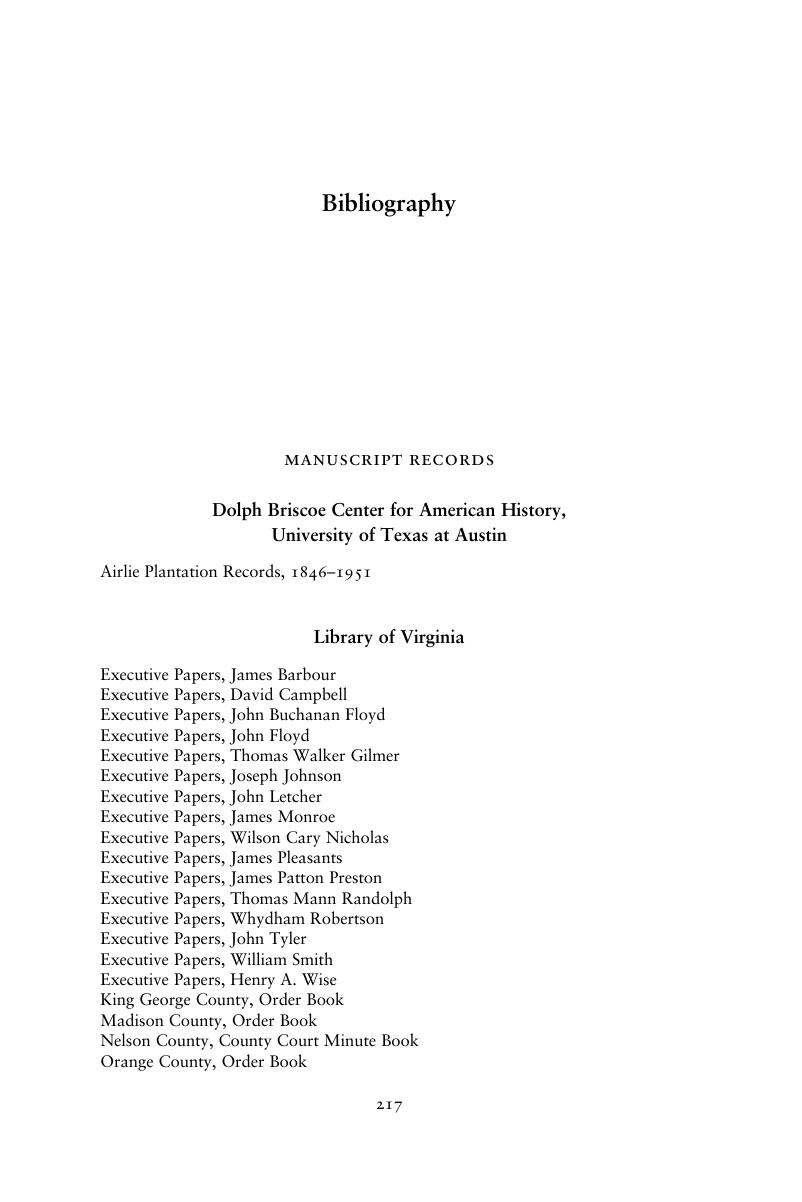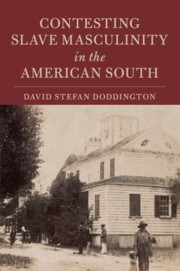Book contents
- Contesting Slave Masculinity in the American South
- Cambridge Studies on the American South
- Contesting Slave Masculinity in the American South
- Copyright page
- Contents
- Acknowledgments
- Introduction
- 1 “If I had my life to live over, I would die fighting rather than be a slave again”
- 2 “The best amongst them was picked for that job”
- 3 “I never seen such a worker as my father”
- 4 “He am big and ’cause he so he think everybody do what him say”
- 5 “The best man whipped and the other one took it”
- Conclusion
- Bibliography
- Index
- References
Bibliography
Published online by Cambridge University Press: 04 July 2018
- Contesting Slave Masculinity in the American South
- Cambridge Studies on the American South
- Contesting Slave Masculinity in the American South
- Copyright page
- Contents
- Acknowledgments
- Introduction
- 1 “If I had my life to live over, I would die fighting rather than be a slave again”
- 2 “The best amongst them was picked for that job”
- 3 “I never seen such a worker as my father”
- 4 “He am big and ’cause he so he think everybody do what him say”
- 5 “The best man whipped and the other one took it”
- Conclusion
- Bibliography
- Index
- References
Summary

- Type
- Chapter
- Information
- Contesting Slave Masculinity in the American South , pp. 217 - 238Publisher: Cambridge University PressPrint publication year: 2018



